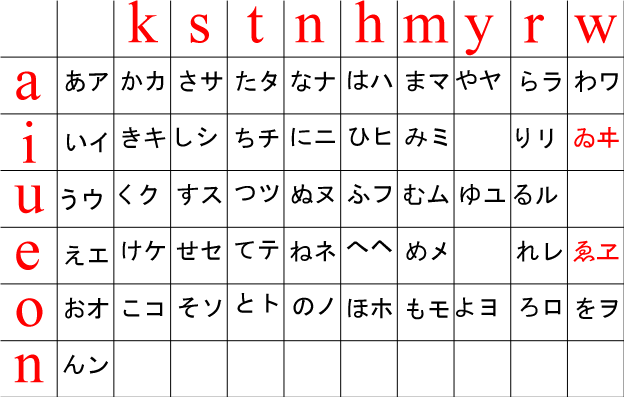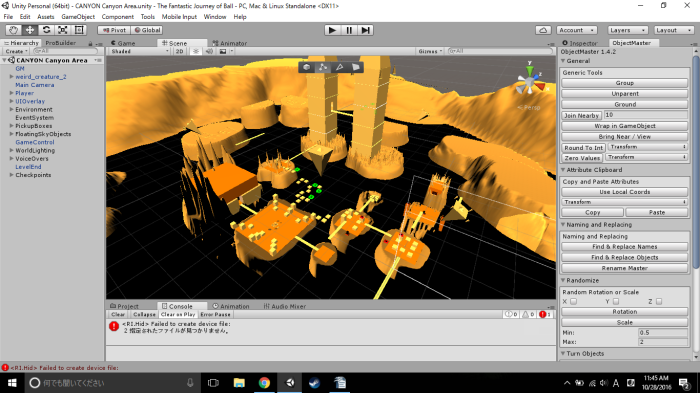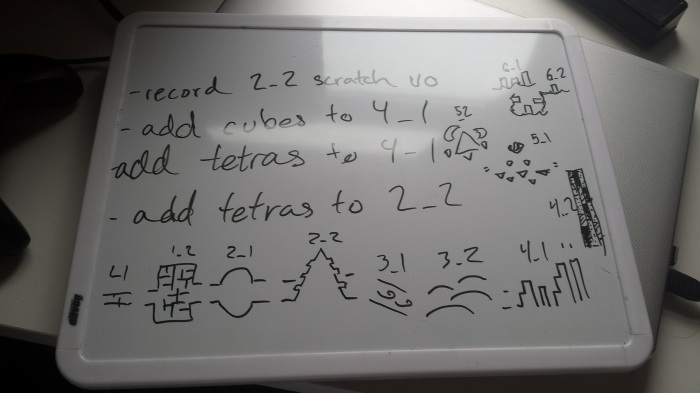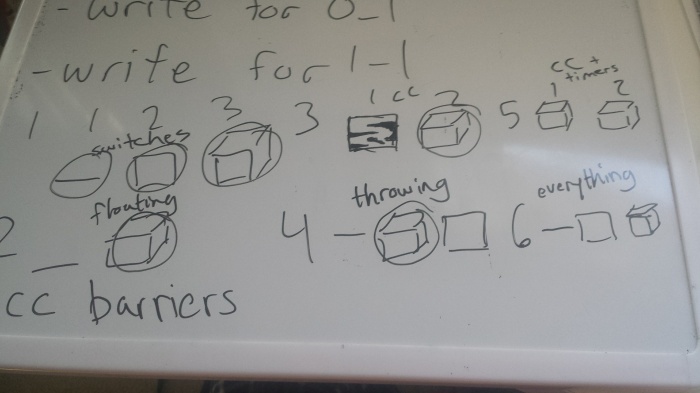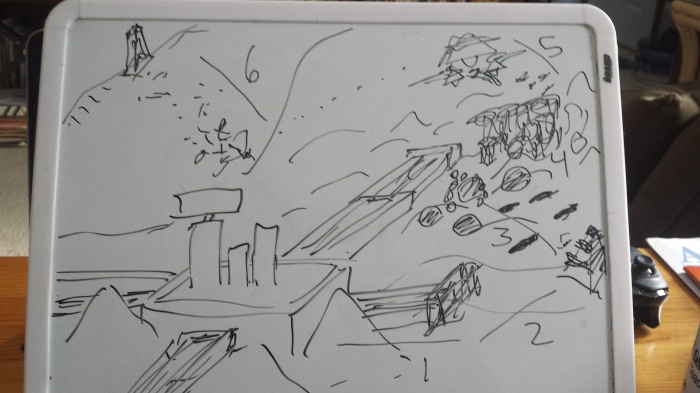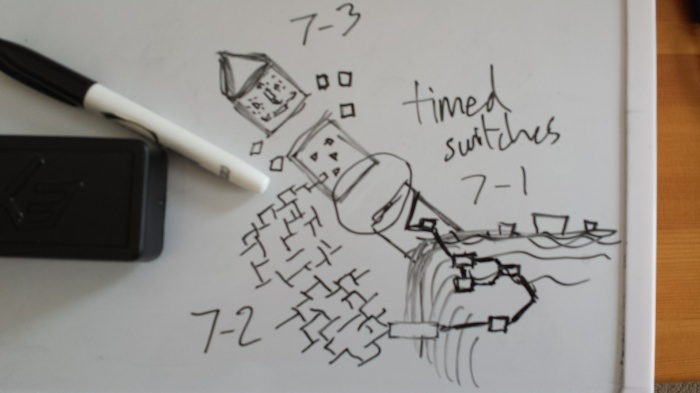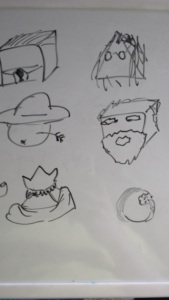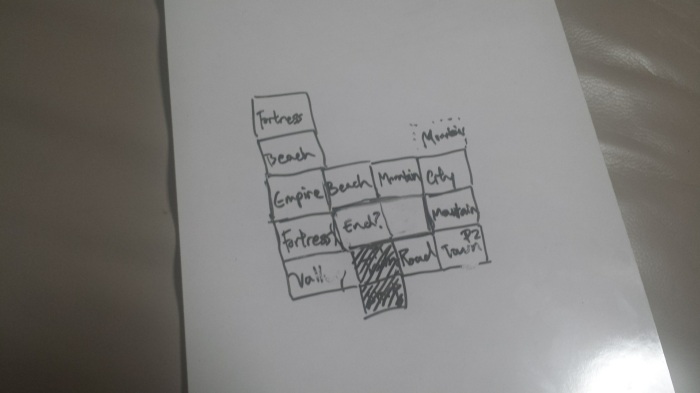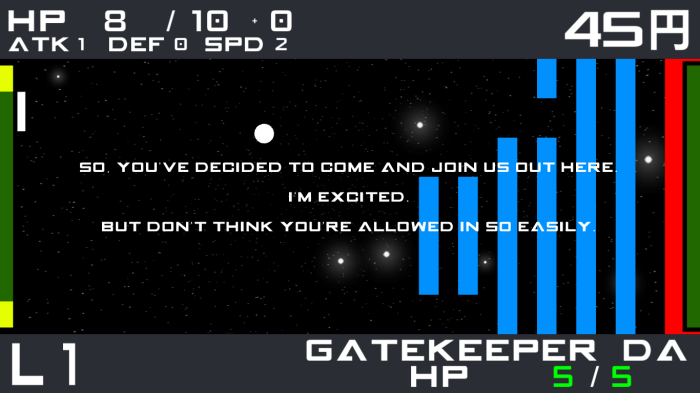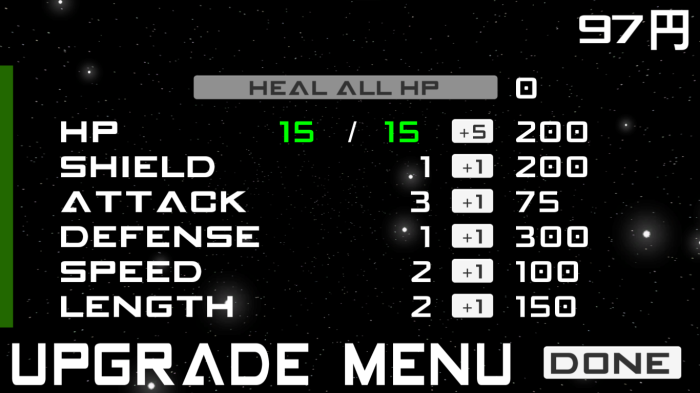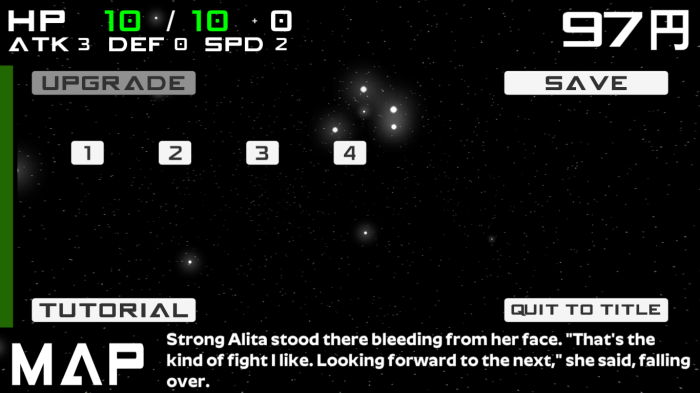Demo night. Those words bring me untold joy. Nervousness, sure, but joy too.
I had actually given up a little hope. In Boston, Demo Nights often come around once every 3 months. Different groups often have their own demo nights, but again, if you miss one, you’re stuck waiting 3 months. The Boston Unity Group had their demo night early this month, right before I’d returned to the states. Somehow I’d gotten it in my mind that the Boston Indie group had also had theirs.
So it was a great relief when I saw a new message in my mailbox, that the Boston Indies were in fact having their demo night on 6/19. Also great fear, realizing that day was only a few days away.
I had been working on Kana Master, a game to learn Japanese, but realized that I needed more feedback on The Many Sides of Ball. So I sat down with TMSOB and got to work.
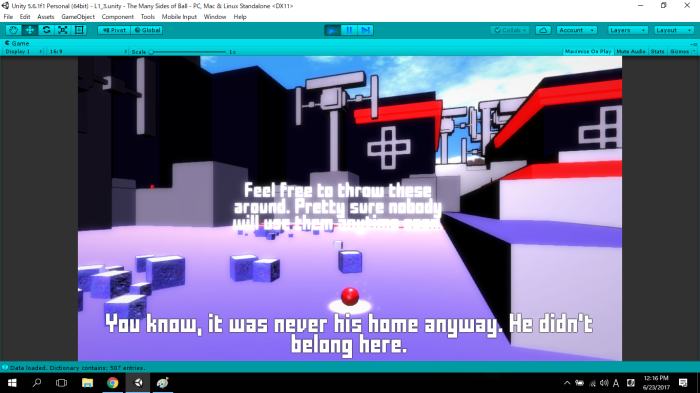
Before the demo, I managed to get a bunch done, fueled by the thought of putting it in front of people’s faces. I worked a bit late on Monday, making sure the upgrades were in, NPCs were roaming with their own text, the pause screen worked perfectly, and that the demo end screen got people excited for the full release of the game.
Then came the demo night. I got there a bit late but still snagged a decent location. People came to play. Some people left before finishing. Others, like these two kids, blew through it and loved it. Made me feel a little guilty, actually, because it included words like “hell” and “fuckup”.
The worst mistake that was left in the game: the camera had a basic problem. I didn’t realize it during the testing prior to the demo night, but the changes I’d made to the camera meant that, with some odd camera movement in the 3rd person view, it could become sluggish and hard to control the player. Basically, the player usually matches the camera’s y rotation. But one of my changes made the player match the camera’s x rotation too, which made things odd when messing with the camera. More concretely, by putting the camera above the player, looking down, it was like the player was pointed towards the ground, so forward movement would inch them forward and backward movement would make them “jump backwards” into the air. Stupid mistake, but I knew what I’d done wrong.
Ultimately, I was left with some good feedback. I knew to fix the camera. Other minor things, like players getting stuck in small crevices, were fixed by making certain objects bigger or smaller. I lowered some of the large walls, to make it easier for players to move around. I edited some of the dialogue, changing “hell” to “heck” and “fuckup” to “failure”, for instance.
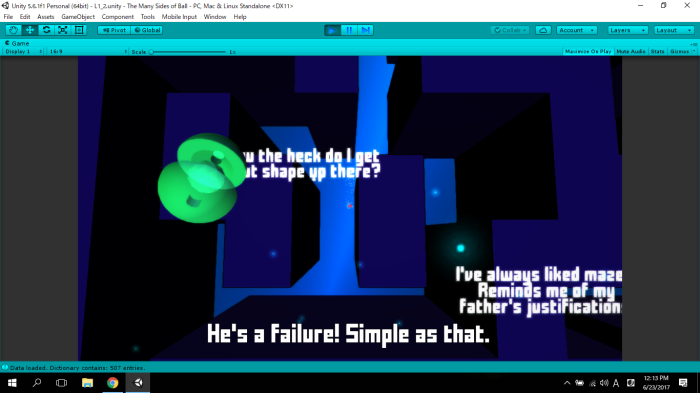
But that focus on the game persisted into this week. I gave the script a full once-over again. I rerecorded some of the voice overs in the game.
And I think, ultimately, the game is a lot better than it was a week ago.
Demo nights are amazing. Sometimes people love the game. Sometimes people could care less. But it always focuses you. It makes you notice what’s good and bad about it. Testing is good, but testing with random people is even better.
That’s not to mention the good people I met that night. Always fun talking to fellow game developers.
All to say, bring on the next demo night!
…in 3 months or so.
